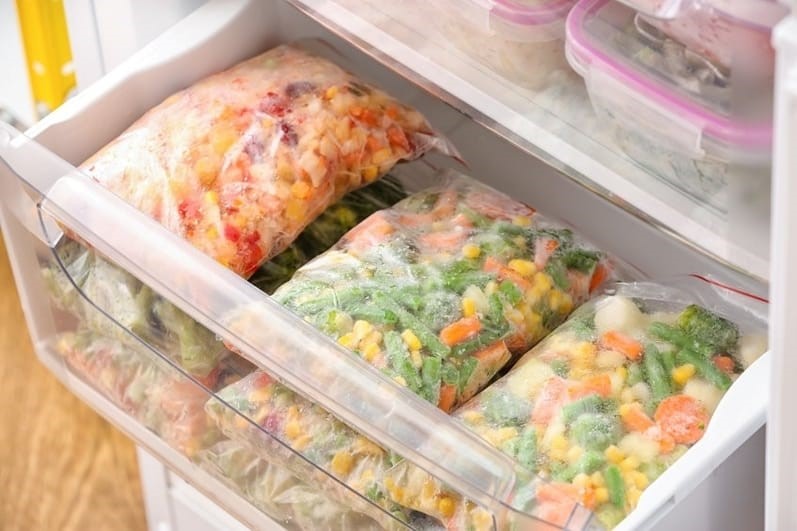Having product prepared ahead of time can make for smooth service during the dinner rush and gives certified food protection managers time to concentrate on menu items that need to be prepared at the moment. If you rely on cooking hot foods in advance to be ready to reheat, it may be a good time for your certified food protection manager to review proper cooling procedures with your staff.

Cooling Times and Temperature Review for Certified Food Protection Managers
The key to making sure that cooling foods are kept safe from foodborne illness is to chill it as fast as possible so that it doesn’t stay in the danger zone for an extended period of time. Food that sits between 41 degrees and 135 degrees has an elevated risk of growing bacteria, especially if left at that temperature for over longer than is reasonable. If your food was prepared at room temperature, you have four hours for your product to reach 41 degrees. If foods are prepared at temperatures over 135 degrees, they must reach 70 degrees within two hours and 41 or below within six total hours from the start of the process.
MN food code and certified food protection manager training reinforces that this chilling process should happen as quickly as possible, so make sure you utilize the following methods:
- Ice water baths
- Separating liquid product into shallow hotel pans
- Slicing solid product to portions four inches thick or less
- Sanitized cooling wands
- Rapid cooling equipment such as blast chillers
- Adding ice as a final ingredient
If you don’t have access to a blast chiller, the fastest way to cool hot product is by reducing portion size and cooling it in your walk-in in shallow pans. If you want to expedite the process for soups, sauces and other liquids, you can add ice as the last ingredient of your recipe. This is quite effective for menu items that have a water or stock base, to begin with.
Ice water baths are also incredibly effective, and when combined with a frozen cooling wand, can bring your chilling product below 41 degrees rapidly.
Has your certified food protection manager taken the time to evaluate cooling procedures in your facility?
